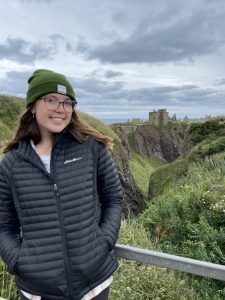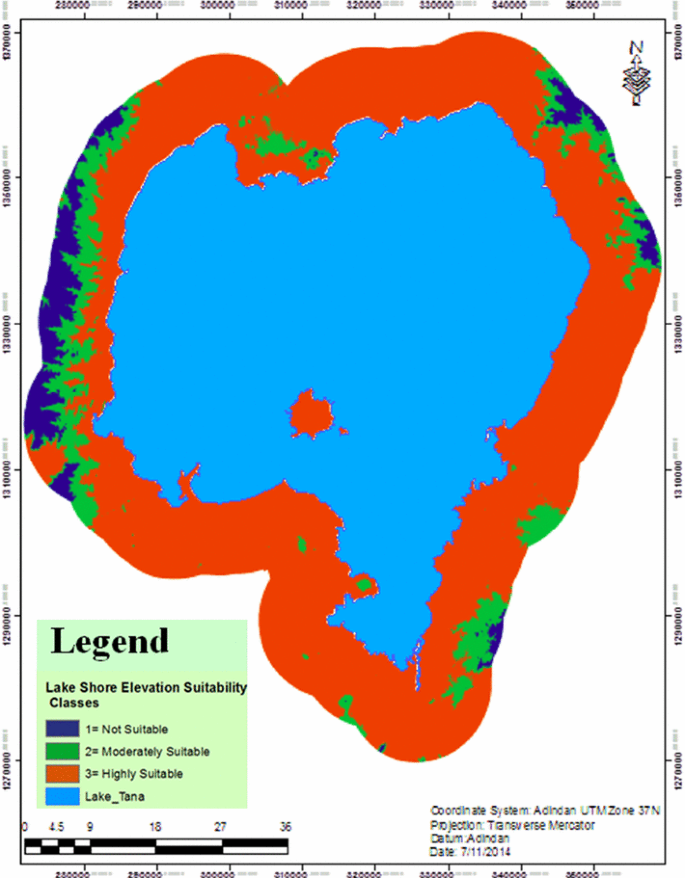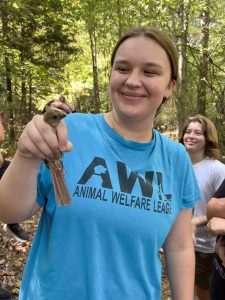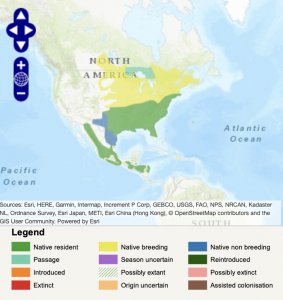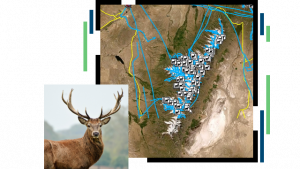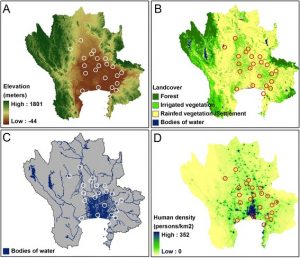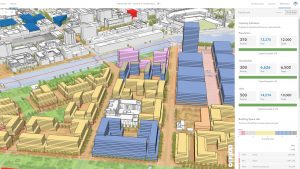Hi! My name is Kelsea Cooper and I am a junior double majoring in Public Health and Genetics! I am from Kent, Ohio. I have a cat named Marlin (he is very mischievous). In my free time I like to read, craft, and watch TV!

 (Also including a photo of Marlin)
(Also including a photo of Marlin)
The whole reason I am taking this course is because of GIS’s application within public health so I was very excited that it was mentioned right out of the gate. It was really cool to learn about how GIS started by just layering paper on top of each other to initiate a whole field of study. In this section, I also learned the difference between spatial analysis and mapping. Spatial analysis generates information from maps and data where mapping simply represents the geographic data. Moving on to the section about “The Messy Business of Digging For Roots: GIS’s Intellectual Antecedents,” there was a specific quote that stood out to me which was “GIS is a relative newcomer to geography.” Although this is a very simple quote, it provoked quite a bit of thought because it prompted me to think about the grand scheme of things in terms of how long maps have been around and then when putting it on a timeline, GIS is on the very end of the timeline. Although it has been around for a short time on this scale, it has made tremendous impacts on so many different fields, including my own. As I mentioned above, I am a Public Health major and I wanted to take this course because there is so much application of GIS within the field. Schuurman mentions how important GIS is when monitoring outbreaks or when identifying areas of health disparities (just to name a few applications). Given this timeline and the timeline of when we really started to fully understand communicable diseases, I think that we are so lucky as a population that they were close to each other on this timeline. This also ties into another point Schuurman made about how virtually everything you have or eat/rely on these days now relies on GIS in one form or another. Overall, this reading made me very excited to explore all of the different applications within GIS and all of the good it can be used for!
Here are my searches:
#1: My search was “smoking prevalence and access to health outcomes” but I was able to find this article called “Mapping a COVID-19 vulnerability: Areas of South and Midwest have fewer hospital beds and higher smoking rates”

This is a map that depicts each US county by smoking rate and hospital capacity. This is very important because not only is smoking more prevalent in areas that have lower socioeconomic status, but in addition, those areas also have less access to health care facilities. In this case, it also in concern with Covid-19, which smoking increases a person’s risk of severely being impacted by Covid-19.
Mapping a COVID-19 vulnerability. (2019). Truth Initiative. https://truthinitiative.org/research-resources/smoking-region/mapping-covid-19-vulnerability-areas-south-and-midwest-have-fewer
#2: My search was “US smokeless tobacco prevalence” I wasn’t really looking to compare this to any type of health outcome in this search, I was just curious what it would be across the US. However, when I was searching through some images, I found this one that compares global smokeless tobacco (SLT) prevalence to policies that country has in place, “The global impact of tobacco control policies on smokeless tobacco use: a systematic review”
00205-X/asset/99d69831-e43f-4808-a21e-2215c27e6abe/main.assets/gr3_lrg.jpg)
The shading of each country indicates the prevalence of SLT usage, then there are icons also on each country to indicate what types of policies are in place for that country. I like the premise of the icons indicating policies but I will say it is a bit hard to read, especially for countries that are geographically smaller.
Chugh, A., Arora, M., Jain, N., Aishwarya Vidyasagaran, Readshaw, A., Sheikh, A., Eckhardt, J., Siddiqi, K., Chopra, M., Masuma Pervin Mishu, Kanaan, M., Rahman, M. A., Mehrotra, R., Rumana Huque, Forberger, S., Suranji Dahanayake, Khan, Z., Boeckmann, M., & Omara Dogar. (2023). The global impact of tobacco control policies on smokeless tobacco use: a systematic review. The Lancet Global Health, 11(6), e953–e968. https://doi.org/10.1016/s2214-109x(23)00205-x
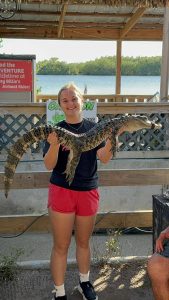



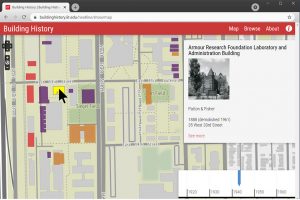
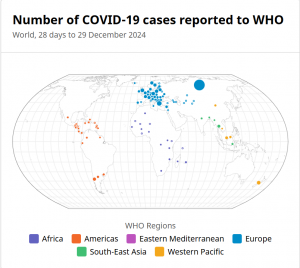

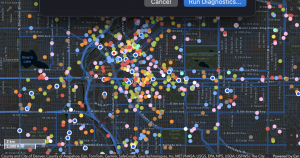
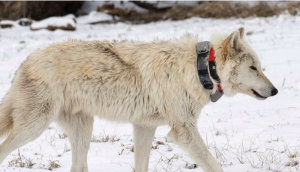

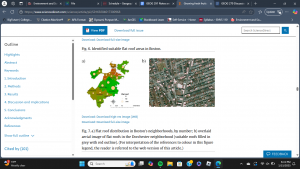

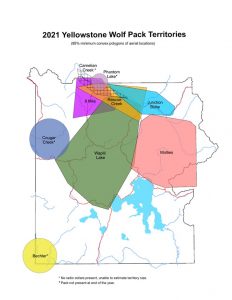
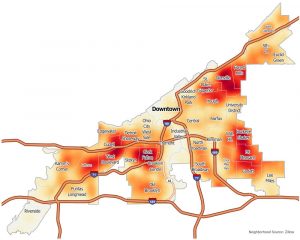

 (Also including a photo of Marlin)
(Also including a photo of Marlin)
00205-X/asset/99d69831-e43f-4808-a21e-2215c27e6abe/main.assets/gr3_lrg.jpg)
